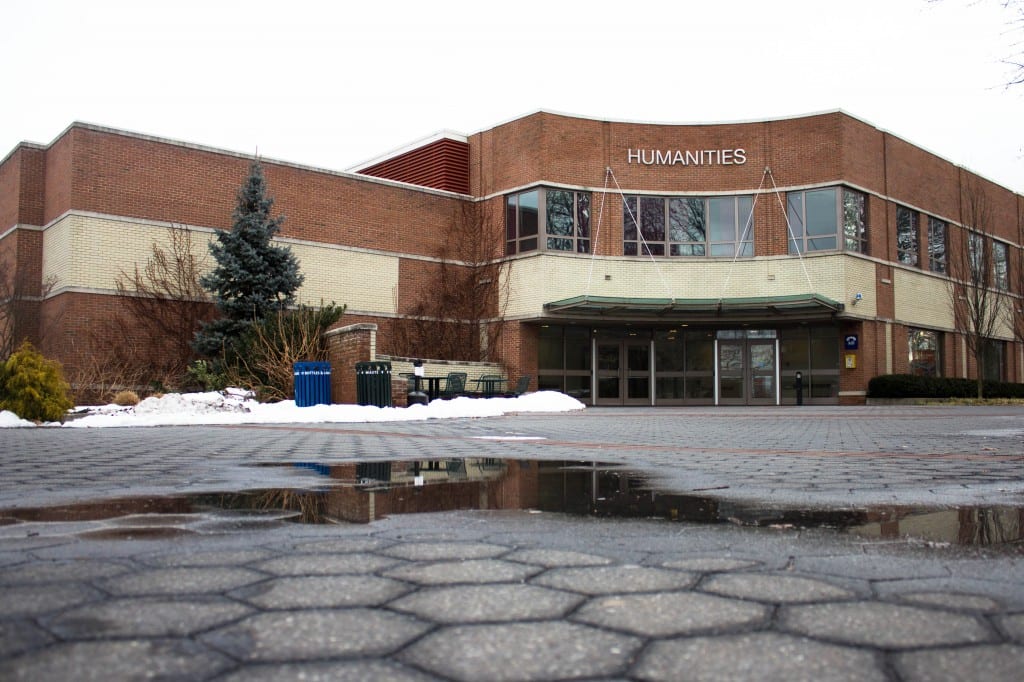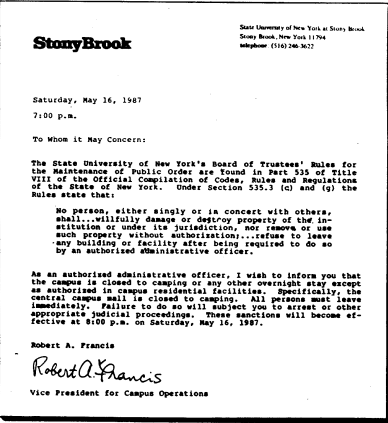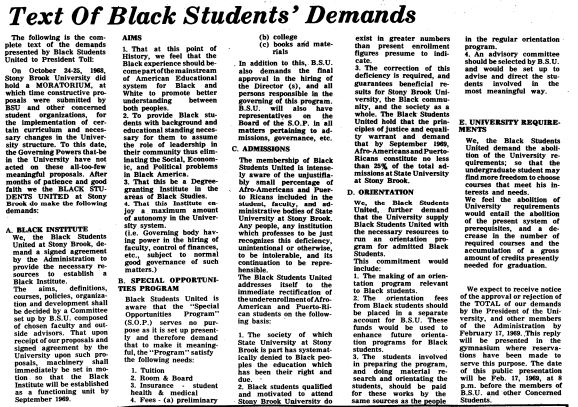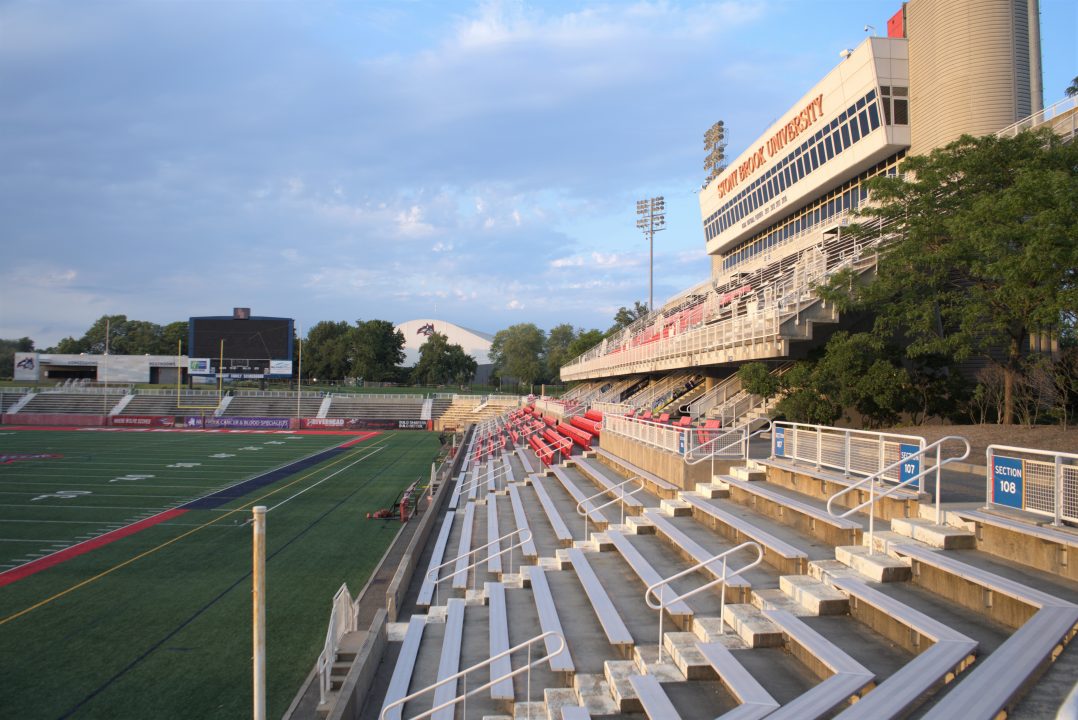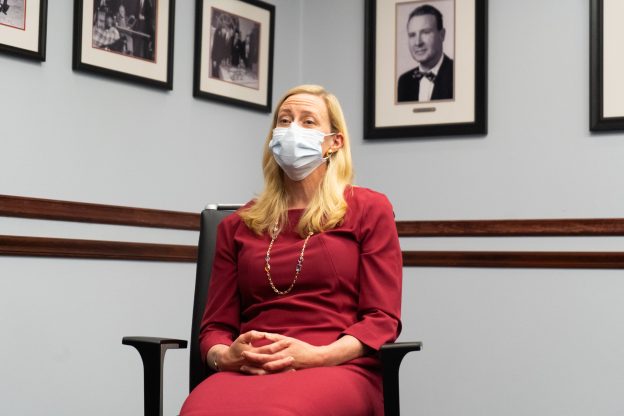
Matt Venezia is a junior biology major and writing minor and is an assistant opinions editor at The Statesman.
This Friday, Oct. 8, The Statesman interviewed the president of Stony Brook University, Dr. Maurie McInnis. The interview began with a standard introduction and a discussion about the unexpected circumstances that COVID-19 has presented.
From the beginning, it was clear that McInnis holds the campus community in high regard and is happy to be at Stony Brook. Regardless of the politics associated with the position of the presidency at the University, she was genuine.
In terms of her concrete goals, both short and long-term, McInnis clarified she is extremely committed to the idea of allowing for socioeconomic mobility for students from diverse economic and cultural backgrounds via the University. Her other answers centered on the importance of input from the campus community on the future of the University.
In my opinion, the most important takeaway from this interview is directly tied to this sentiment. What I found most pertinent was the apparent dissonance between the administration and the student body.
When asked about school spirit, McInnis talked about all the school spirit she has seen, primarily at Wolfieland and other recent campus events. The nearly empty stands at most home football games and a general lack of passion about the University that is palpable at nearly every campus event proves that this is not entirely true.
Similarly, when asked about the safety concerns associated with the Turning Point USA protest, McInnis ensured Stony Brook was “following the science” in allowing this gathering to occur unmasked and outside. Having observed this protest with several other students, I am confident it would have been considered a high-risk outdoor activity, which, according to the Mayo Clinic, poses a high risk of COVID-19 infection to the unvaccinated.
This dissonance goes both ways, of course. Before sitting in on this interview, I did not know where and how funding came and went to the University. I did not know that dorming costs, the revenue from which I always assumed went to funding academic programs, actually largely goes to paying off debt on dorm buildings, according to McInnis. I also had not known about the extensive budgetary concerns stemming from a lack of state funding that the University has faced since the 2008 financial crisis, which McInnis explained succinctly in her interview.
Personally, I don’t believe we can blame this dissonance on any one party — it is, at this point, no one’s fault. What this interview showed most is that both the administration and the student body must seek to understand one another better, whether it’s about school spirit, protests or budgetary concerns. We must be on the same page if we are to work together toward a common goal for the University.
To get on the same page, both parties must attempt to be as transparent as possible in the future. The student body must be clear in its demands just as much as the administration must be clear in their goals for the University.
After the interview, I reflected on how this transparency and mutual understanding could be achieved.
First, the administration should be as in-touch with students’ feelings at the University as possible. As was brought up in the interview, The Statesman recently conducted a survey regarding the state of the University, which gauged student perception of different facets of the University, such as dorm life and dining options. Following this model, they should survey the wider student body on the many aspects of university life, at least once per semester.
Second, as McInnis has already shown in her engagement with the campus community, interaction between students and administrators, especially to learn more about one another, must be frequent.
In finding out about budgetary concerns and where the money students pay for housing goes, I thought about the other costs and fees associated with attending the University and wondered what exactly they supply. I believe a breakdown of the semester bill showing at least a general idea of where the revenue generated by costs incurred by students is allocated would clarify many questions I have had about the University.
Finally, I believe that continuing the tradition of this interview would be beneficial to both parties. I feel both the president and the students present learned a lot from the conversation, and as we move forward out of this pandemic into a new chapter as a university, conversations such as this are more important than ever.







